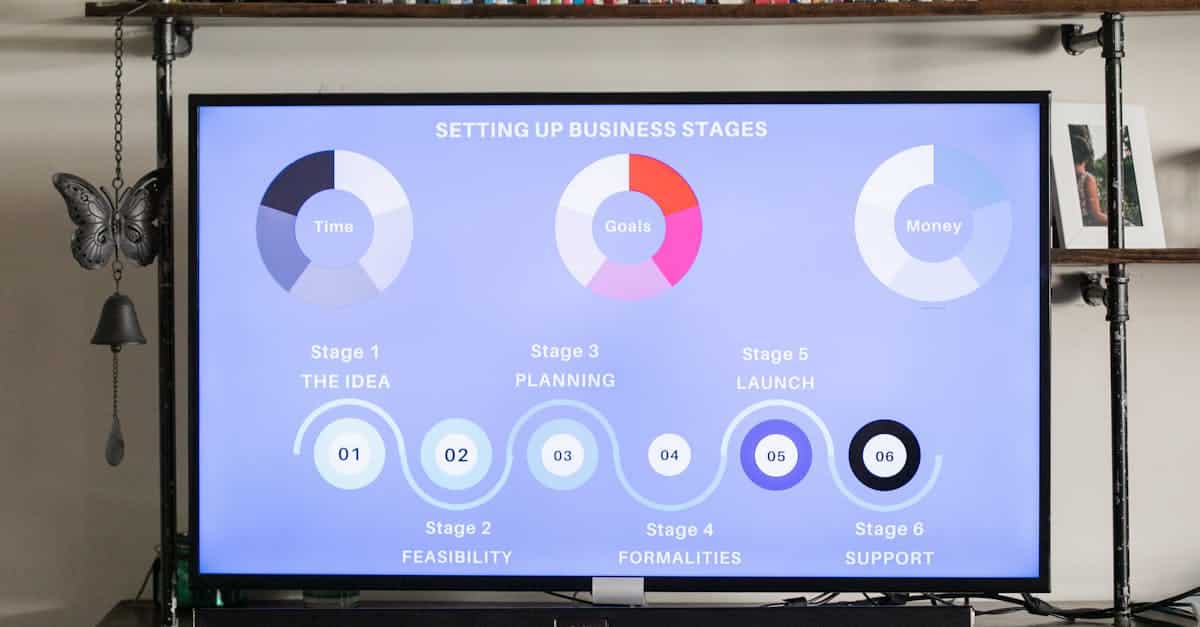
Introduction
Why DPA management is urgent: As organizations stitch together more SaaS and cloud vendors, missed renewals, inconsistent clauses, and hidden subprocessors turn DPAs into a major operational and regulatory risk. Executives and legal teams face tighter cross‑border rules, audit requests, and escalating incident response demands — yet many companies still manage these agreements in silos, increasing exposure and review time for every audit or vendor change; this is where document compliance becomes non‑negotiable.
Automating DPA templates, generation, monitoring and renewal workflows transforms DPAs from static attachments into living controls. This article walks through practical steps for building reusable templates and clause libraries, auto‑generating DPAs from vendor questionnaires, continuously monitoring expirations, SLA and subprocessor changes, linking DPAs to contracts and privacy policies, and a focused implementation checklist to get enforcement and audit readiness working for your team.
Why DPAs are central to document compliance and cross‑border risk management
Data Processing Agreements (DPAs) sit at the intersection of privacy law, vendor management, and corporate governance. They translate abstract regulatory requirements into concrete obligations that vendors and processors must follow, so they are foundational to any document compliance program.
Cross‑border risk: DPAs define permitted transfers, lawful transfer mechanisms (e.g., SCCs or equivalent), and technical/organizational measures — all of which reduce exposure when personal data moves across jurisdictions. That makes them critical in regulatory compliance documents and global policy and compliance documents.
Governance and traceability: Including DPAs in your compliance document management and records creates an auditable trail for regulators and internal stakeholders. Integrating DPAs with a compliance management system or document compliance software ensures DPAs don’t sit in silos but map to vendor contracts, privacy policies, and incident response plans.
For a practical starting point, use a standard DPA template you can adapt: https://formtify.app/set/data-processing-agreement-cbscw
Standard DPA clauses to template (scope, subprocessors, security measures, audits)
Core clauses to include
- Scope and roles: Clear definitions of controller/processor relationships, permitted processing activities, and data categories.
- Subprocessors: Authorization process, notification requirements, and flow‑down obligations to downstream parties.
- Security measures: Minimum technical and organizational controls, encryption expectations, and responsibilities for breaches.
- Data subject rights & assistance: Obligations to support data subject requests and timelines for cooperation.
- Audits and inspections: Right to audit, frequency, and acceptable evidence formats (logs, SOC reports, penetration test results).
- Retention and deletion: Retention schedules, return/destruction obligations, and record of processing activities.
- Cross‑border transfers: Mechanisms, liability allocation, and where to find relevant transfer clauses (SCCs, BCRs).
Documenting these clauses in a template makes them reusable across cloud and SaaS vendor contracts. If you use software templates for cloud or SaaS agreements, ensure the DPA clauses are linked or embedded: https://formtify.app/set/cloud-services-agreement-4dcsz and https://formtify.app/set/software-as-a-service-1kzaj
How to auto‑generate DPAs from vendor questionnaires and contract templates
Automated DPA generation turns vendor responses into contractual language and flags gaps against your compliance document checklist.
Process overview:
- Collect vendor risk data via questionnaires (security posture, subprocessors, data flows).
- Map answers to required clauses in your DPA template.
- Auto‑populate contract templates with clause variants based on risk level and jurisdiction.
- Produce a final DPA for signature, plus a compliance summary for legal and procurement review.
Tools and integrations: Document compliance software or a document compliance management system can automate mapping, storage, and version control. Tie generation to your privacy policy and contract templates so the same facts populate all relevant policy and compliance documents: https://formtify.app/set/privacy-policy-agreement-33nsr
Practical tip: Use conditional clause libraries (e.g., stricter security clauses for high‑risk vendors) to keep generated DPAs consistent with your document compliance policy.
Monitoring and enforcement: automation for expirations, renewals, and SLA violations
Continuous enforcement makes a DPA more than a signed file. Automation ensures obligations are tracked, measured, and escalated.
What to monitor
- Contract expirations and renewals: Automated reminders and renewal workflows prevent lapses in coverage.
- SLA and security metric breaches: Integrate monitoring feeds (uptime, incident reports, pen test results) and raise tickets when thresholds are violated.
- Subprocessor changes: Require automated notifications and re‑authorization steps for new subprocessors.
- Audit results: Collect SOC reports and audit evidence into the compliance document management system for review.
Automation benefits: Reduce manual tracking, shorten remediation times, and create auditable timelines for regulatory inquiries or a document compliance audit. Link enforcement workflows to your cloud/SaaS contract records so actions are contextualized: https://formtify.app/set/cloud-services-agreement-4dcsz
Connecting DPAs to vendor contracts (SaaS, cloud) and privacy policies for cohesive controls
Single source of truth: Embed or reference the DPA directly in SaaS and cloud master services agreements so obligations travel with the contract. This avoids mismatches between contract terms and standalone DPAs.
Practical integration points
- Contract clauses: Link DPA clauses to the main agreement clauses on security, liability, and termination.
- Privacy notices: Ensure the privacy policy reflects the processing activities and transfer mechanisms stated in the DPA.
- Vendor profiles: Store the executed DPA, underlying cloud/SaaS agreement, and privacy policy together for easy review.
Reference materials: Use provider‑specific templates and privacy artifacts when onboarding SaaS/cloud vendors: https://formtify.app/set/software-as-a-service-1kzaj and https://formtify.app/set/cloud-services-agreement-4dcsz. Cross‑link to your privacy policy template as needed: https://formtify.app/set/privacy-policy-agreement-33nsr
Implementation checklist: templates, notifications, and escalation workflows
Checklist: core items to implement
- Template library: Maintain vetted DPA, SaaS, and cloud templates with clause variants for different risk levels (link to DPA template: https://formtify.app/set/data-processing-agreement-cbscw).
- Questionnaire + mapping: Standard vendor questionnaire and mapping rules to auto‑generate DPAs.
- Document compliance software: Deploy a system for storage, versioning, and search — essentially your document compliance management system.
- Notifications: Automated alerts for expirations, subprocessor changes, renewals, and audit due dates.
- Escalation workflows: Preset remediation timelines, owner assignments, and executive escalation triggers for SLA or security breaches.
- Audit readiness: Retain evidence (SOC reports, penetration tests, change logs) and maintain a document compliance checklist for regulator requests.
- Records management best practices: Define retention schedules, indexing, and access controls aligned with data protection and document compliance requirements.
- Training: Regular training for procurement, legal, and security teams on the document compliance policy and enforcement workflows.
Final note: Implement these items iteratively — start with critical vendor classes and scale controls via your compliance management system to cover all regulatory compliance documents and corporate governance needs.
Summary
Automating DPAs—by building reusable templates, mapping vendor questionnaires to clause libraries, and putting monitoring and renewal workflows in place—turns static attachments into active controls that reduce exposure and save HR, legal, and compliance teams time during audits and vendor changes. Start with a vetted template library, conditional clause variants for different risk levels, and automated notifications and escalation steps to scale enforcement across SaaS and cloud vendors. These practices improve traceability, speed incident response, and make document compliance an auditable, repeatable part of your vendor governance. To explore templates and tooling that can jump‑start this work, visit https://formtify.app.
FAQs
What is document compliance?
Document compliance is the practice of creating, storing, and managing documents so they meet legal, regulatory, and internal policy requirements. It includes using consistent templates, maintaining versioned records, and ensuring retention and access controls are applied. Proper document compliance creates an auditable trail for regulators and internal stakeholders.
How do I ensure my documents are compliant?
Start with standardized, vetted templates and a clause library so agreements are consistent across vendors. Use a document compliance management system for versioning, access controls, automated workflows, and regular training for procurement, legal, and security teams. Finally, run periodic audits and tie documents to evidence (SOC reports, pen test results) to show compliance in reviews.
Which documents are typically required for regulatory compliance?
Common compliance documents include Data Processing Agreements (DPAs), privacy policies, vendor contracts (SaaS/cloud MSAs), retention and destruction schedules, audit reports (SOC/pen tests), and records of processing activities. The exact set depends on your industry and applicable regulations, but these items are frequent requests in audits. Keeping them linked and indexed simplifies regulator or internal review.
How often should document compliance be audited?
Audit frequency depends on risk: high‑risk vendors and critical systems may need quarterly or semi‑annual reviews, while lower‑risk items can be audited annually. Also perform event‑driven audits after incidents, major vendor changes, or regulatory updates. Continuous monitoring and automated alerts help surface issues between formal audits.
Can software help automate document compliance?
Yes. Document compliance software can auto‑generate DPAs from vendor questionnaires, maintain clause libraries and templates, track expirations and subprocessor changes, and tie evidence (SOC reports, incident logs) to contracts for audit readiness. Automation reduces manual tracking, speeds remediation, and creates auditable timelines for regulatory inquiries.





